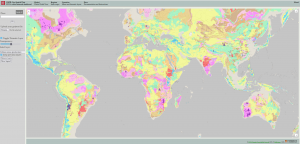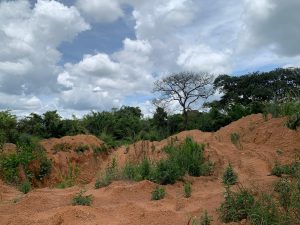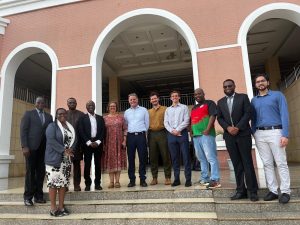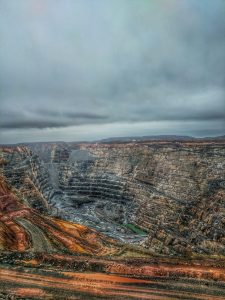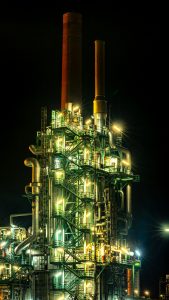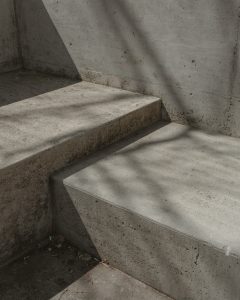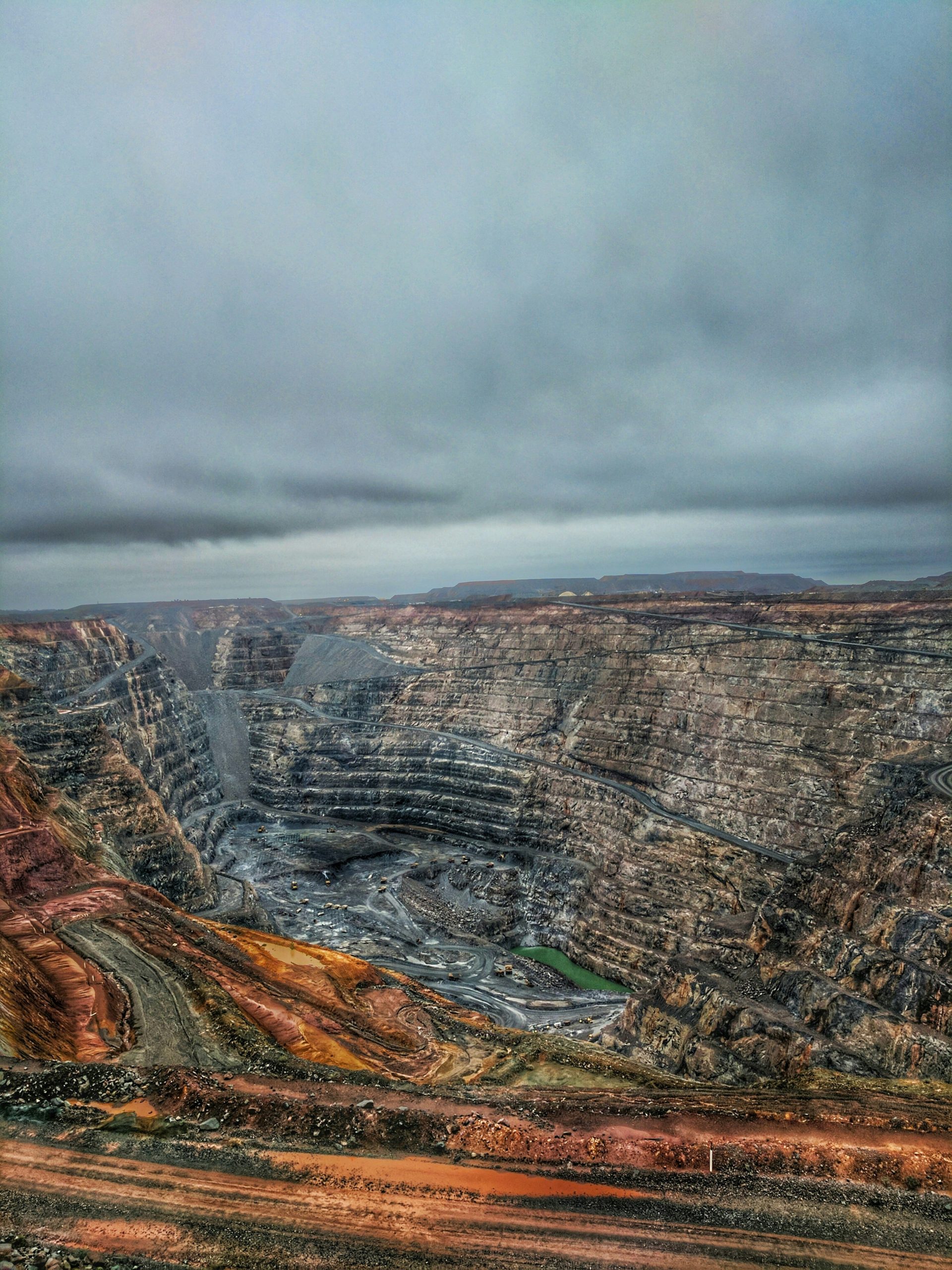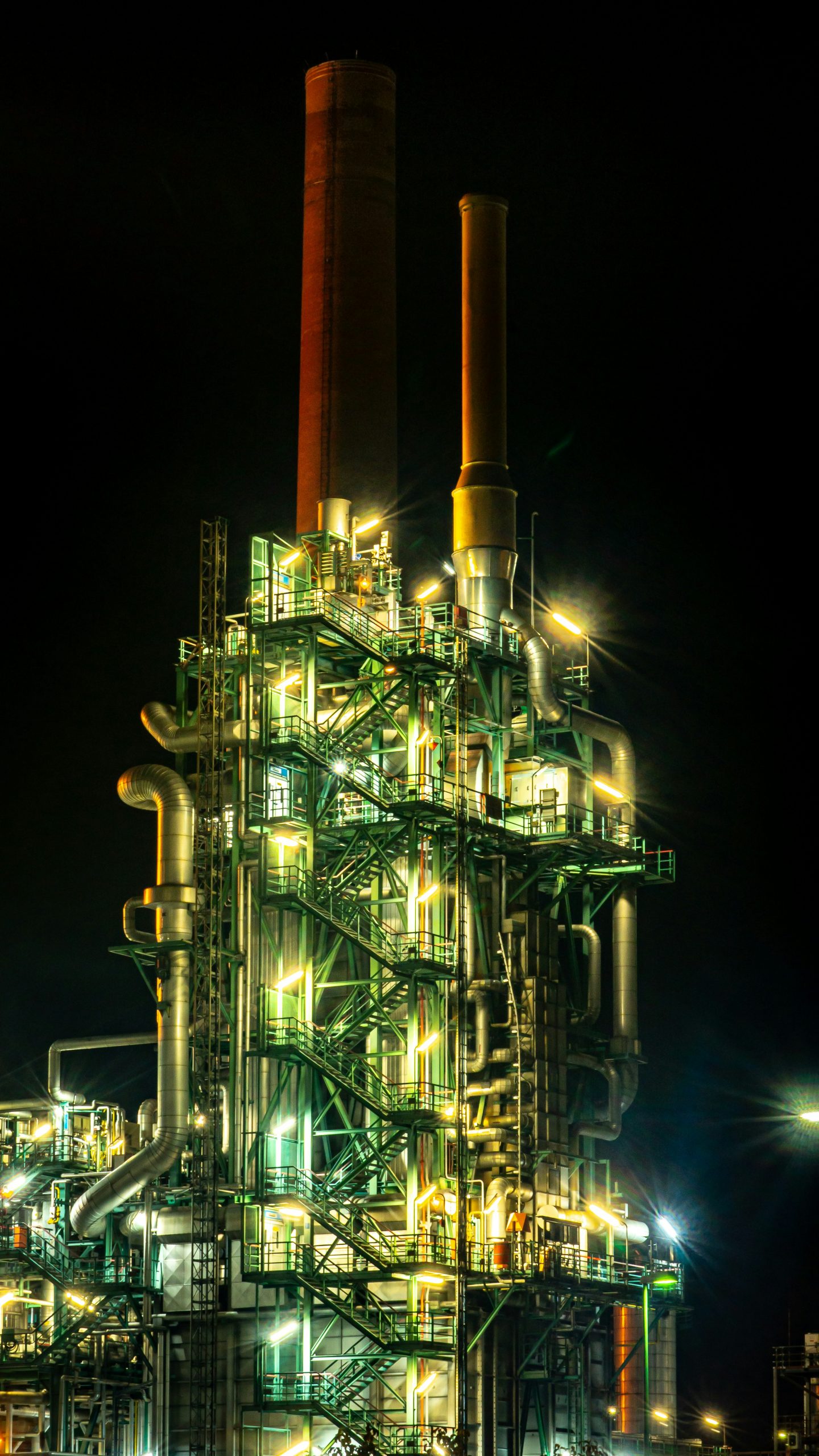Usability of mortar for predicting shear strength development at rest of fresh self-compacting concrete
Global cement production is responsible for almost 8% of global carbon emissions. Cement is used mainly in concrete to construct buildings and infrastructure (e.g. roads, bridges, technical infrastructure, etc.). Concrete technology has developed significantly over the last few decades and in the mid-1980s self-compacting concrete (SCC) was developed to solve the problems arising from mechanically compacting concrete in the presence of dense reinforcement. SCC can be placed and consolidated under its own weight, filling the formwork with dense reinforcement without any vibration effort. This removes the need for mechanical compaction therefore reducing vibrations, reducing on-site errors, and shortening the casting time. The technological, economic, and ecological benefits of using SCC were confirmed by many applications.
To maintain the SCC mix homogeneity, the use of high binder content (cement, mineral fillers or fines) and chemical admixtures is necessary- which can increase the carbon footprint of SCC. Nevertheless, the use of low embodied carbon supplementary cementitious materials (SCMs) can successfully reduce this impact by up to 30% compared to a traditional concrete mix.
The use of SCC has been increasing in recent years but still remains low. The main reason is the higher cost compared to commonly used concrete. A higher binder content, but above all a material- and time-consuming design process, increases its cost.
In this paper we propose and verify methods that allow the prediction of the properties of the SCC mix based on the properties of mortar. This approach reduces the material waste of designing the SCC by up to 95% and therefore significantly reduces additional design cost. The results have been successfully verified for different compositions and temperatures.
Read the full paper by Jacek Gołaszewski, Grzegorz Cygan, Michał Drewniok, Aleksandra Kostrzanowska–Siedlarz here.
Photo credit: Etienne Girardet

